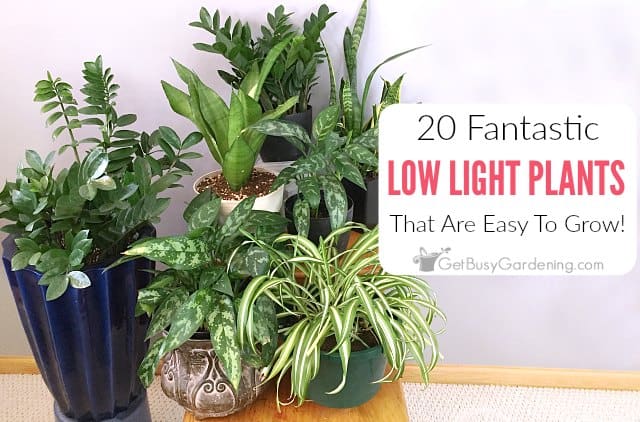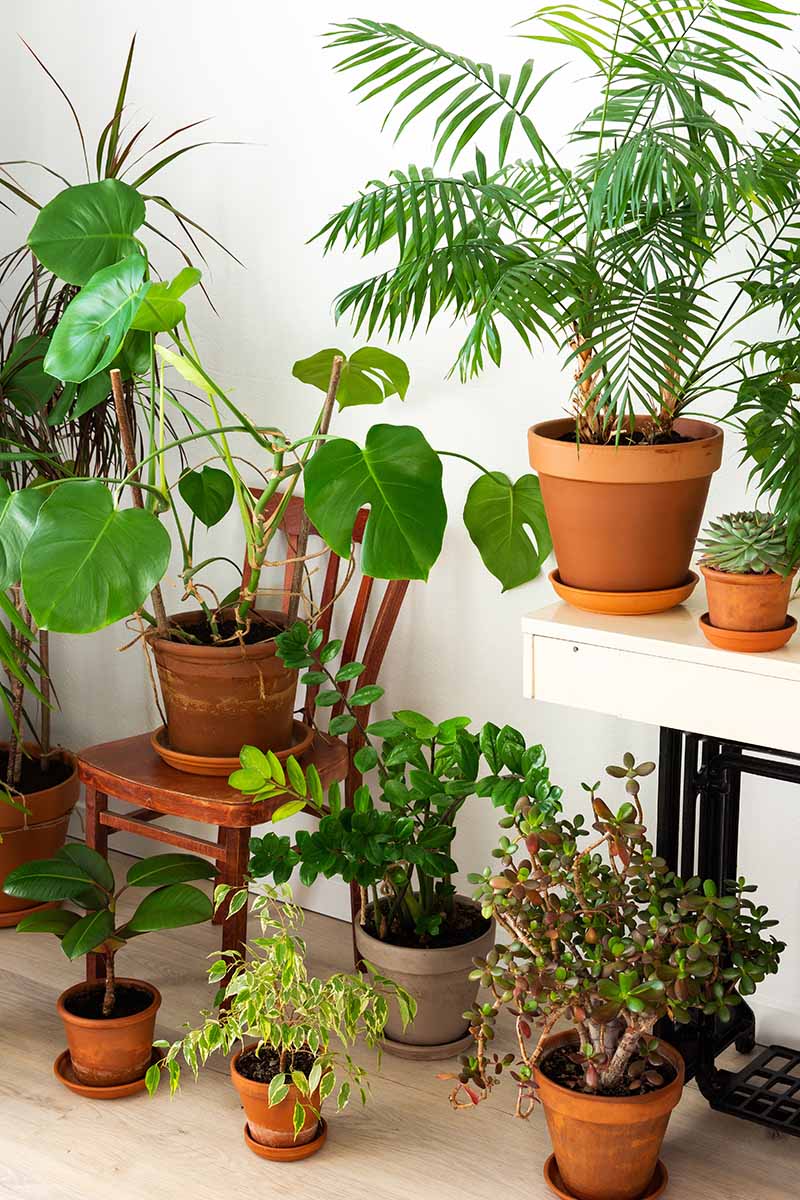Best Low-Light Indoor Plants That Add Greenery to Any Space with Little Light
Best Low-Light Indoor Plants That Add Greenery to Any Space with Little Light
Blog Article
Transform Your Home With Beautiful Low-Light Indoor Plants and Their Benefits
Incorporating low-light indoor plants right into your home can considerably boost both the ecological and visual top quality of your space. These plants, which prosper in dark conditions, offer not just as decorative aspects however likewise as all-natural air cleansers, making them optimal for metropolitan residents or those with limited sunlight exposure. As we explore the numerous kinds of low-light plants and their advantages, you may discover unexpected ways to incorporate them right into your home that can change your surroundings in ways you could not have actually expected.
Benefits of Low-Light Plants
Low-light plants use many advantages for indoor settings, making them an excellent selection for both newbie and knowledgeable gardeners. One of the key benefits is their flexibility to low-light problems, allowing people to improve their living spaces without the demand for extensive sunshine exposure. This particular makes them optimal for houses, offices, and various other areas with minimal natural light.

Moreover, incorporating low-light plants into home decor can elevate the aesthetic allure of a room. Their lush foliage and varied structures develop a calming atmosphere, contributing to general health. The existence of plant has actually been linked to minimized stress levels and enhanced performance, making low-light plants a functional option for boosting both physical and mental wellness in interior settings.
Top Low-Light Indoor Plants
While several indoor plants grow in bright light, a number of species are especially well-suited for low-light conditions, making them ideal for different interior spaces. One prominent selection is the Snake Plant (Sansevieria), recognized for its striking upright leaves and strength, requiring very little treatment. Another outstanding alternative is the Pothos (Epipremnum aureum), which includes heart-shaped fallen leaves and can route magnificently from hangers or shelves, thriving in low light and including a lush touch.
The ZZ Plant (Zamioculcas zamiifolia) is celebrated for its glossy leaves and ability to stand up to forget, making it perfect for busy way of lives. Likewise, the Tranquility Lily (Spathiphyllum) not just endures reduced light yet additionally generates stunning white blooms, improving any type of space's visual.
For a distinct touch, think about the Cast Iron Plant (Aspidistra elatior), which undoubtedly meets its name, thriving in the darkest edges of your home. The Chinese Evergreen (Aglaonema) uses a selection of leaf patterns and shades while being exceptionally forgiving in low-light problems. These plants not just improve interior settings yet additionally add to air purification, improving your living area.
Treatment Tips for Low-Light Plants
:max_bytes(150000):strip_icc()/eight-houseplants-that-thrive-in-low-light-3-0922-2000-6f95610b936648ce84ebb498a9b6d704.jpg)
Watering practices are critical; these plants typically choose a little dry problems. Overwatering can lead to root rot, so make certain that the top inch of dirt is dry before sprinkling again. Usage pots with drainage openings to permit excess wetness to escape.
Humidity is an additional essential factor. Many low-light plants, such as ferns and peace lilies, take advantage of higher moisture degrees. To enhance moisture, consider misting the fallen leaves or positioning a tray of water near the plants.
Fertilization needs to be approached with care. During the growing period, use a thinned down, balanced fluid fertilizer each month to sustain growth, however avoid fertilizing throughout the dormant cold weather.

Creative Ways to Show Plants
Interior plants can act as fascinating focal points in any type of area, enhancing both visual charm and ambiance. Imaginative screens can elevate the visual impact of low-light plants, making them an indispensable component of your home decor. One effective method is to use tiered plant stands, which allow you to showcase multiple plants at varying heights while making best use of flooring area.
Hanging planters are one more cutting-edge choice, producing a feeling of depth and attracting the eye upwards. Think about macramé wall mounts or wall-mounted racks to present a special structure and style.
For a more organized strategy, usage geometric terrariums or glass containers to house your plants, adding a contemporary touch to your indoor yard. You can additionally repurpose classic products, such as teacups or wooden crates, for an eclectic display that reflects your individuality.
Enhancing Home Setting With Plants
Integrating low-light plants into your home not just improves visual allure however also adds significantly to the total atmosphere. These plants work as all-natural design aspects, presenting a sense of tranquility that can change any area. The existence of greenery promotes a soothing ambience, which is especially advantageous in high-stress settings such as office or living spaces.
Low-light plants, such as snake plants, pothos, and ZZ plants, are not just visually pleasing yet also boost indoor air top quality by filtering contaminants. This dual function boosts the ambiance additionally, creating a much healthier home (Best low-light indoor plants). The critical placement of these plants can additionally influence the understanding of space; for he said circumstances, tall plants can draw the eye upwards, making ceilings appear greater and spaces more large
Furthermore, differing textures and colors of foliage add deepness to interior decoration, enabling creative expression in home designing. Whether put on racks, in corners, or as focal points, low-light plants can raise the mood of any type of room. In summary, including these plants into your home is a reliable method to cultivate a warm, welcoming atmosphere while enjoying the advantages of enhanced air top quality and visual versatility.
Conclusion
Integrating low-light indoor plants right into home settings uses many benefits, including enhanced aesthetic charm and improved air top quality. These durable plants, such as the Snake Plant and Tranquility Lily, need very little light and upkeep, making them appropriate for diverse way of livings.
While lots of indoor plants grow in brilliant light, several varieties are especially well-suited for low-light problems, making them suitable for different interior rooms. One efficient method is to make use of tiered plant stands, which allow you to display several plants at varying elevations while taking full advantage of floor room.
Low-light plants, such as snake plants, pothos, and ZZ plants, site link are not just visually pleasing but additionally enhance interior air quality by filtering system pollutants. Best low-light indoor plants. The strategic placement of these plants can additionally influence the assumption of space; for circumstances, high plants can attract the eye upward, making ceilings show up higher and spaces more large
These durable plants, such as the Serpent Plant and Tranquility more tips here Lily, need marginal light and maintenance, making them appropriate for varied lifestyles.
Report this page